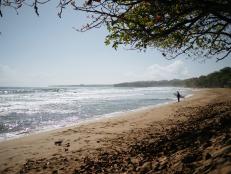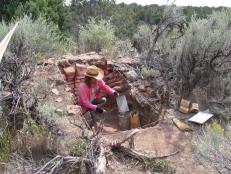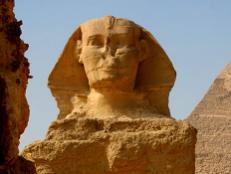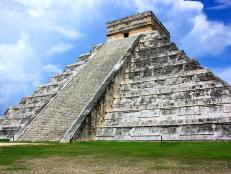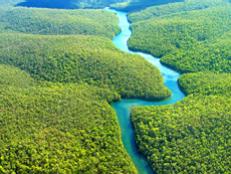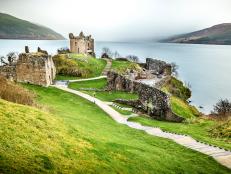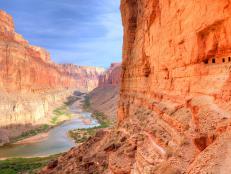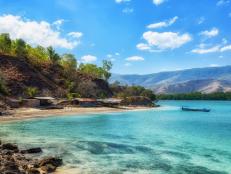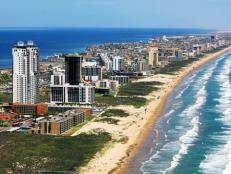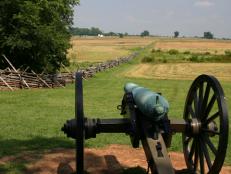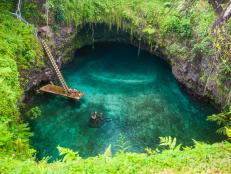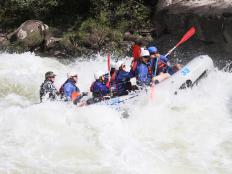7 Inca Places to Know
Visit the Inca Empire in Peru.
By:
Trisha Creekmore
The Inca Empire was impressive not only for its size but for its stunning architectural structures built across steep peaks and overlooking verdant river valleys throughout the Andes. Visitors marvel at the historical significance of the sites as well as the engineering prowess of the Incas on the vertical landscapes.
Machu Picchu

Thinkstock
Twelve acres of terraces, gardens, staircases, temples and aqueducts sprawl along a jungle ridge above the Urubamba River at 7,970 feet above sea level. Most archaeologists believe the 15th-century site was built as an estate for the emperor Pachacuti, then abandoned and “lost” after the Spanish conquest.
In 2011, the Peruvian government began limiting visitors to 2,500 per day, so it is vital to get tickets well in advance of your visit through an online ticketing site. An English site explains the process.
Wayna Picchu

Thinkstock
The climb is narrow, steep and treacherous, taking anywhere from 45 to 90 minutes one way. The stone stair path built by the Incas is less than a foot wide in spots and only occasionally includes hand rails. Off to either side, the mountain falls nearly straight down a deadly quarter-mile or more. So why make the trek? The view of Machu Picchu and the surrounding jungle-covered peaks and valleys is probably one of the most spectacular scenes on Earth.
Only 400 people per day are allowed up the mountain in 2 shifts. Buy tickets in advance at the government site.
Moray

Thinkstock
Pisac

Alex Proimos, Flickr
Ollantaytambo

David Berkowitz, Flickr
In 1536, Ollantaytambo was the site of the Inca's greatest military victory over the invading Spanish, and the ruins above town are still considered some of the most impressive. An imposing set of stone terraces (from which the Inca assaulted their Spanish invaders with slingshots and arrows) capped by 6 slabs of pink granite loom above the town.
Kuelap

Mihai, Flickr
Kuelap was ignored by the outside world until 1843, when a Chachapoyas judge made a survey of the area and, guided by villagers who had known of the site for generations, brought the site to the attention of explorers, historians and archaeologists. Visitors can access the ruin through the town of El Tingo near the banks of the Utcubamba River.
Sacsayhuaman
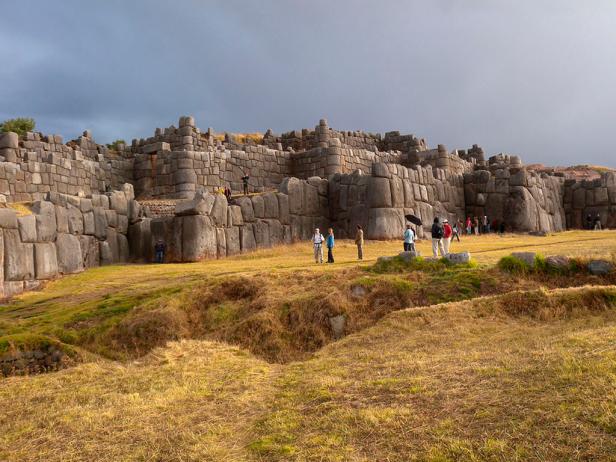
Chris Palmer, Flickr
The site is known for its chincanas, underground passages that connect the complex with the city of Cuzco. Just as impressive are the site’s zigzag walls built with enormous stones weighing up to 300 pounds that fit together as tightly as the pieces of a jigsaw puzzle. The precision is such that the thin blade of a knife cannot slip between the stones. Visitors from Cuzco can take a taxi or hike to the site in less than an hour.
Next Up
Costa Rica's Puerto Viejo Is a Great Off-the-Beaten-Path Pick
Less crowds and more fun on the Caribbean coast.
Archaeological Digs
Travel Channel has selected some excavations in North and South America where travelers can literally dig in.
Seven Wonders of the World
The Seven Wonders of the Ancient World are considered to be the most impressive manmade structures from the Classical era.
Seven Wonders of Egypt
These are wonders to add on your to-do list when traveling in Egypt.
Mexico's Ancient Ruins
Mexicos archaeological masterpieces include towering Mayan pyramids and elaborate ancient cities that offer a glimpse of life thousands of years ago.
South America's Earth Wonders
South America is a magical place with natural wonders including the Amazon River, the wild Galapagos Islands and Angel Falls.
Destination Wedding: JW Marriott Cusco
Cusco, Peru
Daily Escape
Located beside Loch Ness, Urquhart Castle is over 1000 years old, possibly holding more stories of siege and conquest than any other ruins in Scotland
Tango in Buenos Aires
Embrace the spirit of tango with dinner shows and ballroom dancing in Buenos Aires.
7 Peru Adventure Ideas
Plan your next adventure in Peru with help from Travel Channel.
